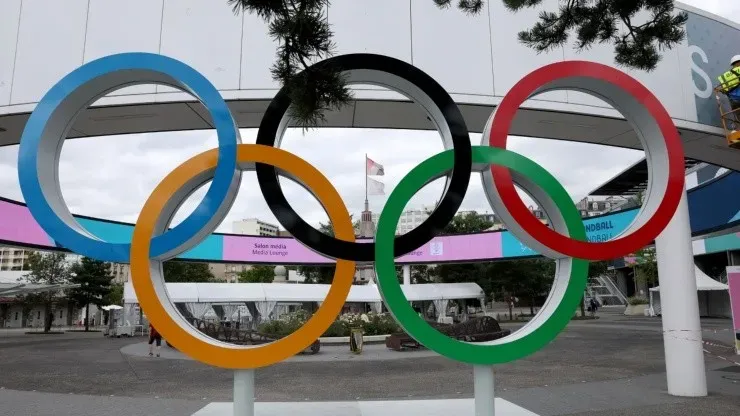Starting inin Athens, Greece in 1896, theOlympicGamesare usually held once every four years as a major international sports multi-event. But apart from the Summer Games, the Olympics have also developedother eventsto make room for moresports and athletes.
Women have not been allowedat the beginning, butthat’spart of the past now. The ice and snow sports also get their own events at the Winter Games, whileathletes with physical impairmentsget their chance to shine at he Paralympic Games have been developed. Additionally, the Youth Olympic Gamesgive young athletes a platform to compete before they can aspire to the biggest event.
While all of this proves the Olympics have become larger over time, the Gameshave alreadyestablished certain traditions that make them iconic. But of all thesymbols and rituals such as the Olympic flag,the torch, or the opening and closing ceremonies; it’s safe to saythe Olympic rings stand out.
What do the Olympic rings represent?
The Olympic rings reflect the activities of the Olympic movement and the unification of five continents and athletes from across the world at the international event. There are five continents: America – includingNorth and South, Africa, Asia, Europe, and Oceania. This logo has been accepted as a sign for the Olympic Games in general.

The Olympic Rings are seen near the entrance to the South Paris Arena on July 22, 2024 in Paris, France. Handball, Table Tennis and Volleyball competitions will be held here during the Paris 2024 Olympic Games. (Photo by Elsa/Getty Images)
The Rings were founded in 1913 by French historian and founder of the IOC, Pierre de Coubertin. The distinctive design and flag were adopted in 1914, but didn’t debut untilthe 1920 Antwerp Gamesbecause the Berlin tournament in Germany in 1916 had been postponed as a result ofthe First World War.
The five Olympic rings’ colors are blue, yellow, black, green, and redfrom left to right.Contrary to common opinion, the Olympic five colors don’t match the continents precisely. Instead, the five colors (alongside white, which is the background color of the Olympic flag) were specifically pickedfor at least one of them appeared on the national flag of each participating country at the time Coubertin created the design.





